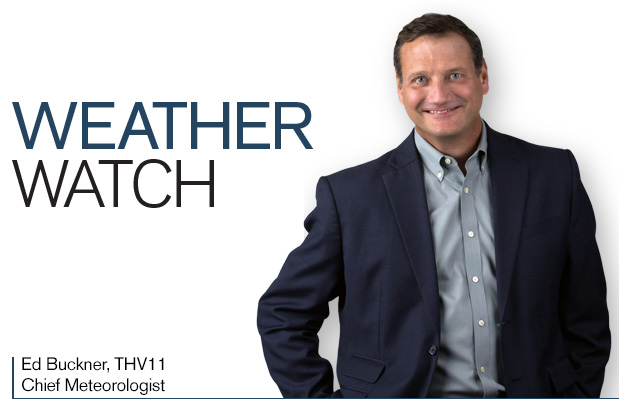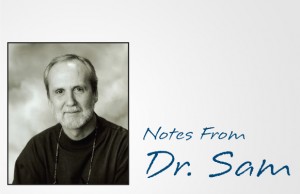Once Old, Now Renewed and Even Better

As we grow older, there might be occasions when we have to reinvent ourselves, change habits or even start a new career. We do this with the intention of making ourselves a “better” version of who we were. Allow me to use the analogy of technology.
The television was invented in the late 1920’s. It was one of those inventions like computers, air flight, automobiles and air conditioning that changed our world. Great ideas and innovations usually succeed at changing and evolving through the years.
There was a time when there may have been only one television on a block and the whole neighborhood would come to that living room to see this new marvel of pictures and sound. The grainy black and white image coming through an antenna was an amazing break through. Within 10 years, homes with televisions blossomed. Soon every house had one, then color television came, then cable tv came, then satellite tv came, then flat screens and high definition. I will shorten this and sum it up with the fact that now, almost 100 years later, we can watch whatever we want, whenever we want through a television or a smartphone that fits inside our pocket.
So, with that example set, we turn to weather and forecasting, and how what we thought was so innovative in the days of the National Weather Bureau in the 1800’s has evolved.
Let’s start with a simple concept, the weather balloon. Little has changed with launching a balloon since its inception in the late 1800’s. They were first introduced in France in 1892, but back then the devices that measured pressure, temperature and humidity had to be retrieved in order to collect the data. When a balloon would pop, they could end up being hundreds of miles away, making data gathering very hard.
Soon, radiosondes, a device that a computer could track as the balloon ascended, gave meteorologists a better idea of what the upper atmosphere was like. Radiosondes measure humidity, temperature and pressure and directly send those data to super computers that then forecast what might happen in the future. These are what we call forecast models. Balloons are launched at the exact same time twice a day in 92 locations across the United States.
These data, combined with Doppler radars, satellite data, surface observations, human observations and even data from aircraft are all input into super computers that give us current data and project the future forecast. There are many different algorithms and different models. Most rarely agree with each other. This is the challenge of the human meteorologist.
It wasn’t until the 1970’s that computer modeling improved, and to this day it continues to improve, with super computers processing close to 3 quadrillion calculations per second. Pretty impressive for sure, but still no forecast is perfect.
So, going back to what we started with, and the incredible inventions and innovations of the past century or so, we continue to grow and make our world new again, each year.









0 comments